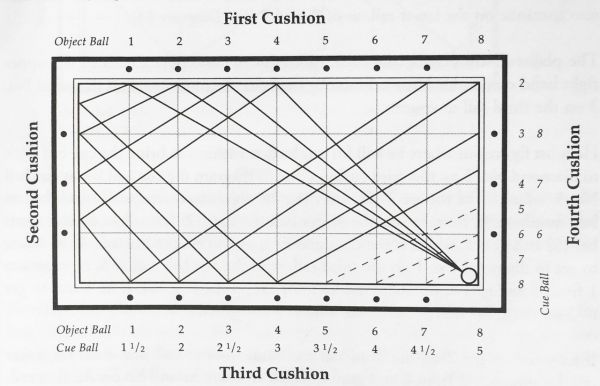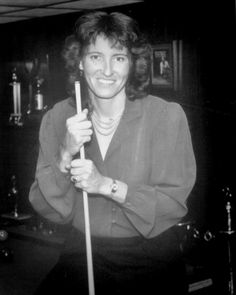Learn a bit about the wood species GW uses on pool tables, shuffleboards, and much more. Remember, If you are interested in custom materials or custom fine furniture please give us a call and chat with our Pro’s today!
CANADIAN MAPLE
Common Name(s): Canadian rock-hard maple, Hard Maple, Sugar Maple, Rock Maple
Distribution: North America, Canada
Color/Appearance: Hard Maple lumber is most commonly nearly white to an off-white cream color.
Grain/Texture: Grain is generally straight, but may be wavy. Has a fine, even texture.
Sustainability: This wood species is not listed in the CITES Appendices or on the IUCN Red List of Threatened Species.
Comments: In tree form, Hard Maple is usually referred to as Sugar Maple, and is the tree most often tapped for maple syrup!
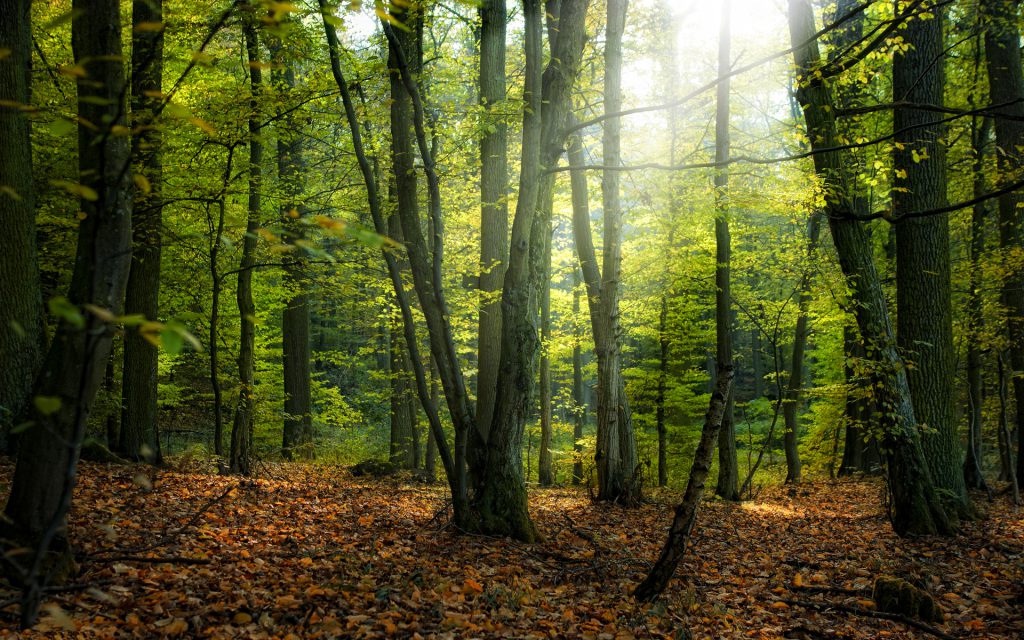
Learn a bit about the wood species GW uses on pool tables, shuffleboards, and much more. Remember, If you are interested in custom materials or custom fine furniture please give us a call and chat with our Pro’s today!
CANADIAN MAPLE
Common Name(s): Canadian rock-hard maple, Hard Maple, Sugar Maple, Rock Maple
Distribution: North America, Canada
Color/Appearance: Hard Maple lumber is most commonly nearly white to an off-white cream color.
Grain/Texture: Grain is generally straight, but may be wavy. Has a fine, even texture.
Sustainability: This wood species is not listed in the CITES Appendices or on the IUCN Red List of Threatened Species.
Comments: In tree form, Hard Maple is usually referred to as Sugar Maple, and is the tree most often tapped for maple syrup!

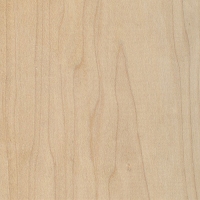
ALDER
Common Name(s): Red Alder, Western Red Alder
Distribution: Coastal western North America
Color / Appearance: Red Alder tends to be a light tan to reddish brown; color darkens and reddens with age.
Grain / Texture: Grain is generally straight, with a moderately fine, uniform texture.
Sustainability: This wood species is not listed in the CITES Appendices or on the IUCN Red List of Threatened Species.
Comments: Red Alder is the most abundant hardwood in the Pacific Northwest region of the United States, and is a commercially important lumber.


OAK
Common Name(s): California Black Oak, Kellogg Oak
Distribution: Western United States
Color / Appearance: Oak has a light to medium reddish-brown color, though there can be a fair amount of variation in color.
Grain/Texture: Have medium-to-large pores and a fairly coarse grain.
Sustainability: This wood species is not listed in the CITES Appendices or on the IUCN Red List of Threatened Species.
Comments: Hard, strong, and moderately priced, Red Oak presents an exceptional value to woodworkers.
Golden West uses about 5% oak today, due to over saturation of the market in the past.


HEMLOCK
Common Name(s): Mountain Hemlock
Distribution: Northwest coast of North America
Color/Appearance: Heartwood is light reddish brown. Sapwood may be slightly lighter in color but usually, isn’t distinguished from the heartwood. The conspicuous growth rings can exhibit interesting grain patterns on flat-sawn surfaces.
Grain/Texture: Grain is generally straight, with a coarse, uneven texture.
Sustainability: This wood species is not listed in the CITES Appendices, and is reported by the IUCN as being a species of least concern.
Comments: Hemlock generally has narrow growth rings.
Used on The GW Keystone

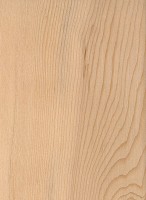
EXOTIC WOODS
BLACK WALNUT
Name: Claro Walnut, California Black Walnut
Distribution: Eastern United States
Color/Appearance: Heartwood can range from a lighter pale brown to a dark chocolate brown with darker brown streaks. Color can sometimes have a grey, purple, or reddish cast.
Grain / Texture: Grain is usually straight, but can be irregular. Has a medium texture and moderate natural luster.
Sustainability: This wood species is not listed in the CITES Appendices or on the IUCN Red List of Threatened Species.
Comments: It would be hard to overstate Black Walnut’s popularity among woodworkers in the United States. Its cooperative working characteristics, coupled with its rich brown coloration puts the wood in a class by itself among temperate-zone hardwoods. To cap it off, the wood also has good dimensional stability, shock resistance, and strength properties.
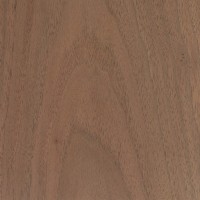
BURMESE TEAK
Common Name(s): Teak, Burmese Teak
Distribution: Native to southern Asia; Widely grown on plantations throughout tropical regions of Africa, Asia, and Latin America.
Color / Appearance: Heartwood tends to be a golden or medium brown, with color darkening with age.
Grain/Texture: Grain is straight, though it can occasionally be wavy or interlocked. Coarse, uneven texture and moderate to low natural luster. Raw, unfinished wood surfaces have a slightly oily or greasy feel due to natural oils.
Sustainability: This wood species is not listed in the CITES Appendices or on the IUCN Red List of Threatened Species.
Comments: Sometimes called Burmese Teak, this name is used to differentiate natural-grown trees (typically from Myanmar, aka Burma) from Teak grown on plantations. Used extensively in India and within its natural range for centuries, Teak has grown into a worldwide favorite. With its superb stability, good strength properties, easy workability—and most of all, its outstanding resistance to decay and rot—it’s no wonder that Teak ranks among the most desired lumbers in the world.
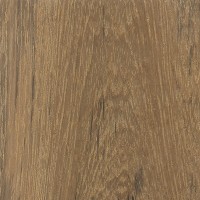
ROSEWOOD
Name(s): Rosewood
Distribution: A slow-growing, hardy deciduous rosewood tree native to the Indian Subcontinent and Southern Iran. Is native to the foothills of the Himalayas. It is primarily found growing along river banks below 900 meters (3,000 ft) elevation but can range naturally up to 1,300 m (4,300 ft).
Color/Appearance: The heartwood is golden to dark brown; the sapwood, white to pale brownish white. Rosewood is among the finest timbers. It is the wood from which ‘mridanga’, the Rajasthani percussion instrument, are often made.
Grain/Texture: Presence of hints of coarse grains with the shiny and silky smooth texture, compared to the glossy finish of artificial polishes.
Comments: The Rosewood tree is prized for its dark red heartwood. Rosewood is a tropical hardwood with a tight, even grain. Rosewood is heavy and hard, but relatively easy to work with. Rosewood has a strong sweet smell, which persists over many years, even in furniture that may be hundreds of years old. Amazingly, just scratching or refinishing antique furniture will release the smell of roses thus the name.
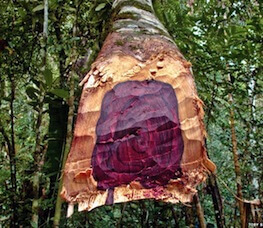
wood database
tree plantation
